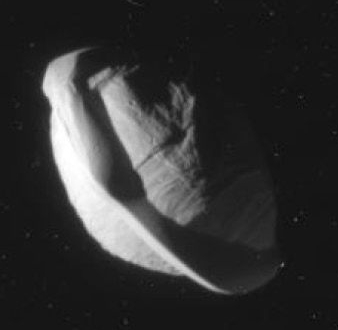Corrupt Congress: Even though ULA favors Blue Origin’s BE-4 engine for its Vulcan rocket, various elected officials in Alabama are pushing the company to use Aeroject Rocketdyne’s AR-4 engine instead.
At the end of February, two US representatives, Mike Rogers of Alabama [Republican] and Mac Thornberry of Texas [Republican], decided to push a little harder. On February 28, they sent a letter to Lisa Disbrow, the acting secretary of the US Air Force, and James MacStravic, who is performing the duties of the undersecretary of defense for acquisition, technology, and logistics. In addition to reiterating a desire that ULA continue to fly a second rocket, the Delta IV Heavy, the letter urges the Pentagon officials to be skeptical about the BE-4 engine.
“The United States Government (USG) must have a hands-on, decision-making role… in any decision made by United Launch Alliance to down-select engines on its proposed Vulcan space launch system, especially where one of the technologies is unproven at the required size and power,” the letter states. “If ULA plans on requesting hundreds of millions of dollars from the USG for development of its launch vehicle and associated infrastructure, then it is not only appropriate but required that the USG have a significant role in the decision-making concerning the vehicle.” The letter then goes on to say the Air Force should not give any additional funding to ULA, other than for current launch vehicles, until the company provides “full access, oversight of, and approval rights over decision-making” in its choice of contractors for the engines on Vulcan.
The article also mentions porkmaster Senator Richard Shelby (R-Alabama), who also favors Aerojet Rocketdyne because they say they will build it in Alabama. Note also that these elected officials are not only trying to pick the winner in the private competition between these two rocket engines, they also want to force ULA to keep using the Delta rocket, even though it is very expensive and not competitive with the newer rockets being developed by other companies. And their only reason for doing so is because they provide jobs for their districts.
This one story illustrates perfectly the corruption that permeates both parties in Congress. While it is more likely that Democrats will play this pork game, there are plenty of corrupt Republicans who play it as well. These petty dictators all think they have the right to interfere in the private efforts of Americans, whether it involves building a new rocket or buying health insurance. And all we get from this is a poorer nation and a bankrupt federal government.




